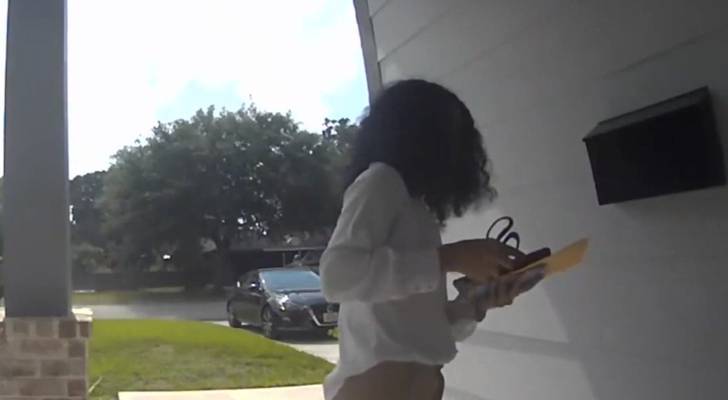Houston Man Loses $20K After Falling for Fake Wells Fargo Scam

Understanding the Growing Threat of Imposter Scams
Imposter scams are becoming more sophisticated, and it's easier than ever to fall victim to them. These scams often involve someone pretending to be a legitimate authority figure, such as a bank representative or a government official, to gain your trust and steal your money or personal information.
Scott Merovitch is one example of someone who fell for an imposter scam. On May 16, he received a call from what he believed was his bank, Wells Fargo. The caller told him there were fraud alerts on his account and that some charges were not recognized. They also provided details about valid transactions in his account, which gave Merovitch the assurance that he was speaking with a real person.
The caller then informed Merovitch that a security representative from Wells Fargo would soon arrive at his home. According to Merovitch, a woman showed up at his front door, identified herself, and gave him a code that the caller had shared with him. Believing her to be a legitimate employee, Merovitch handed over his card. She then cut it in half with a pair of scissors, sealed the pieces in an envelope, and drove off.
An hour and a half later, over $20,000 had been withdrawn from Merovitch’s account from ATMs a few miles away. He filed a police report, and a few days after the incident, he received a notice from Wells Fargo — this one was legitimate. However, the bank initially accused him of transferring the money into the accounts and authorizing the charges. Merovitch believes that blaming him is just the easy way out for a large organization.
Wells Fargo later decided to return the money after further review. This case highlights the importance of being vigilant and knowing how to protect yourself from these types of scams.
The Rise in Fraud Losses
According to the Federal Trade Commission (FTC), fraud losses have been on the rise in recent years. In 2024, consumers reported losing more than $12.5 billion to fraud, which is a 25% increase over 2023. In total, 2.6 million consumers filed fraud reports in 2024, with 38% of those victims saying they lost money because of it.
Imposter scams were the most reported category, followed by online shopping, job, investment, and Internet services scams. These scams can involve the transfer of cash and even gold bars, and initial contact with victims comes in many forms, such as messages claiming to be from federal agents or phone calls from seemingly legitimate authority figures.
How to Protect Yourself
If you've never heard of the scam Merovitch fell victim to, it's not surprising because "scammers' tactics are constantly evolving," according to Christopher Mufarrige, director of the FTC’s Bureau of Consumer Protection. So, what can you do about it, especially as scams are changing?
Wells Fargo has stated that it would never ask you to hand over or mail your physical card or PIN to prevent fraud. The FTC adds that you should never send money, cryptocurrency, or gold in response to an unexpected call or message. Don’t believe anyone who urges you to quickly move your money for protection.
Never click on links or call phone numbers in unexpected messages — those can lead you directly to scammers. Even if your phone's caller ID shows you're getting a call from the bank, remember that scammers can spoof legitimate phone numbers. Instead, contact the organization yourself — a staffer should be able to verify if the institute needs to contact you.
Being defrauded can be financially painful — and you may not have any recourse once the money has disappeared from your account. The same advice holds true today as it always has: never hand over cash (or your credit card, gold bars, or anything of value) to a stranger who shows up at your front door.
Stay Informed and Take Precautions
As fraud continues to evolve, it's essential to stay informed and take precautions to protect yourself. Be aware of the latest scam tactics and know how to respond if you receive an unexpected call or message. By staying vigilant and following the recommended steps, you can reduce your risk of falling victim to these types of scams.
Post a Comment for "Houston Man Loses $20K After Falling for Fake Wells Fargo Scam"
Post a Comment